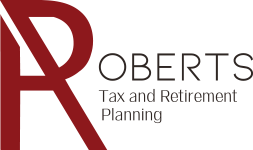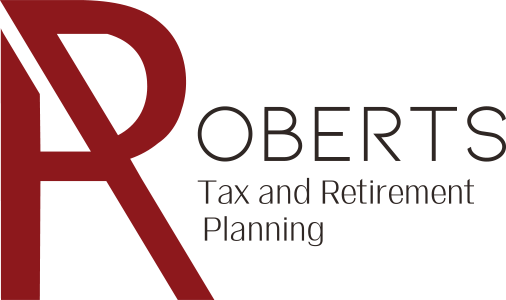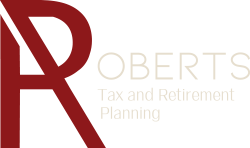Granted, a key component in developing a sound retirement strategy for the business owner may be to enlist the guidance of an experienced financial advisor, it also behooves investors, firstly, to understand what plans are available to small-business owners and the self-employed.
According to a Forbes’ on retirement plans, the SEP IRA is one such choice for a sole proprietor, for example, looking for a plan that is easy to administer as well as provide scalability when adding employees:
“The Simplified Employee Pension (SEP) IRA is an excellent choice for the sole proprietor who wants to save for retirement with a minimum of an administrative headache. Unlike the Solo 401(k), a SEP IRA can cover employees, thus allowing greater scope for business growth.”
Funding any of the plans reviewed by Forbes should start with identifying ways to generate income during retirement, including Social Security benefits:
Social Security: The cornerstone of retirement income.
While nine out of 10 retirees over the age of 65 receive Social Security (SS) benefits—52% married couples and 74% unmarried— 50% of retirees rely on SS as their sole source of income. What’s more, about 90% of the elderly claim their SS checks as their only income
Typically, according to the Employee Benefit Research Institute (EBRI), retirees struggling to meet their monthly expenses share a dilemma common to those with”Retirement Savings Shortfalls.”
But investors still in the workplace have the benefit of a long investment horizon ahead of them. Consequently, they have the opportunity to build on what advisors call the “three-legged stool” of retirement income: personal savings, pensions and Social Security.
WSJ stresses ‘part-time’ work to lessen ‘shortfalls.’
If a large segment of retirees—including the elderly—are relying solely on Social Security, then the working years are crucial to establishing other sources, such as 401(k)s, IRAs, Roth IRAs and even income property.
As a remedy, the Wall Street Journal points out, many retirees are actively pursuing part-time employment to help lessen such shortfalls:
“Currently, among all workers age 65 and older, 40% work part-time.”
Contact us for information on how we can assist in your financial planning.







